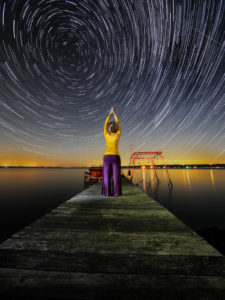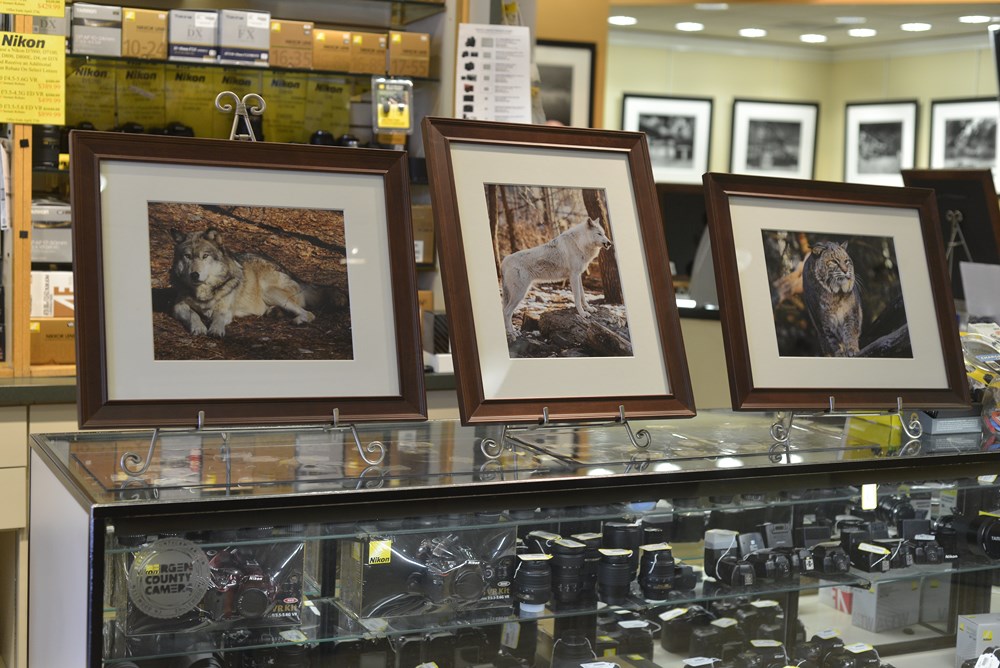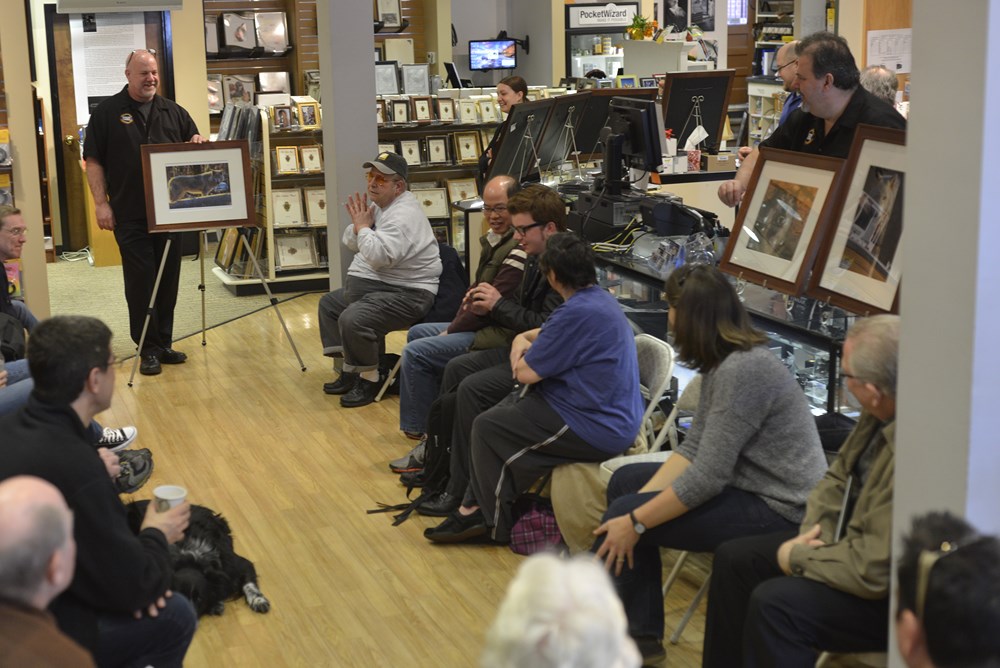About Ben Grunow
As a professional photographer with a love of nature and adventure, Ben has traveled all over the globe with many Olympic athletes capturing images and video for various ski/snowboard brands and magazines. He grew up as a athlete and learned to produce his own promotional video as a teen jump starting his career as a professional skier. Eventually being behind the lens made more sense and he has never looked back. Ben lives in Elmore, Vermont as his home base on a family owned farm. He captures action, landscape, time-lapse, weddings, portraits and more. Ben is a Panasonic LUMIX Luminary Team member and his fascination to learn and see through the camera is his driving passion.
Class description:
Time-Lapse Basics and hands on demonstration. This will be a course that will cover techniques for making time lapse photography with the Lumix Camera Systems or any other micro 4/3 or DSLR camera. We will cover how to use time-lapse in your work, to time-lapse video basics in Premiere CC, the gear you’ll need and more. This is a great chance for beginners who would like learn about creating their own time-lapse to use in their workflow. Immediately following we will take a hour long photo walk and apply it outside the store, finding some subject matter and making our own time-lapse videos. This will be hands on and a great way to get started!
What you will need: Micro 4/3 camera or DSLR that has a intervalometer either plug in or built in. any lens (wider is nice) and a tripod







